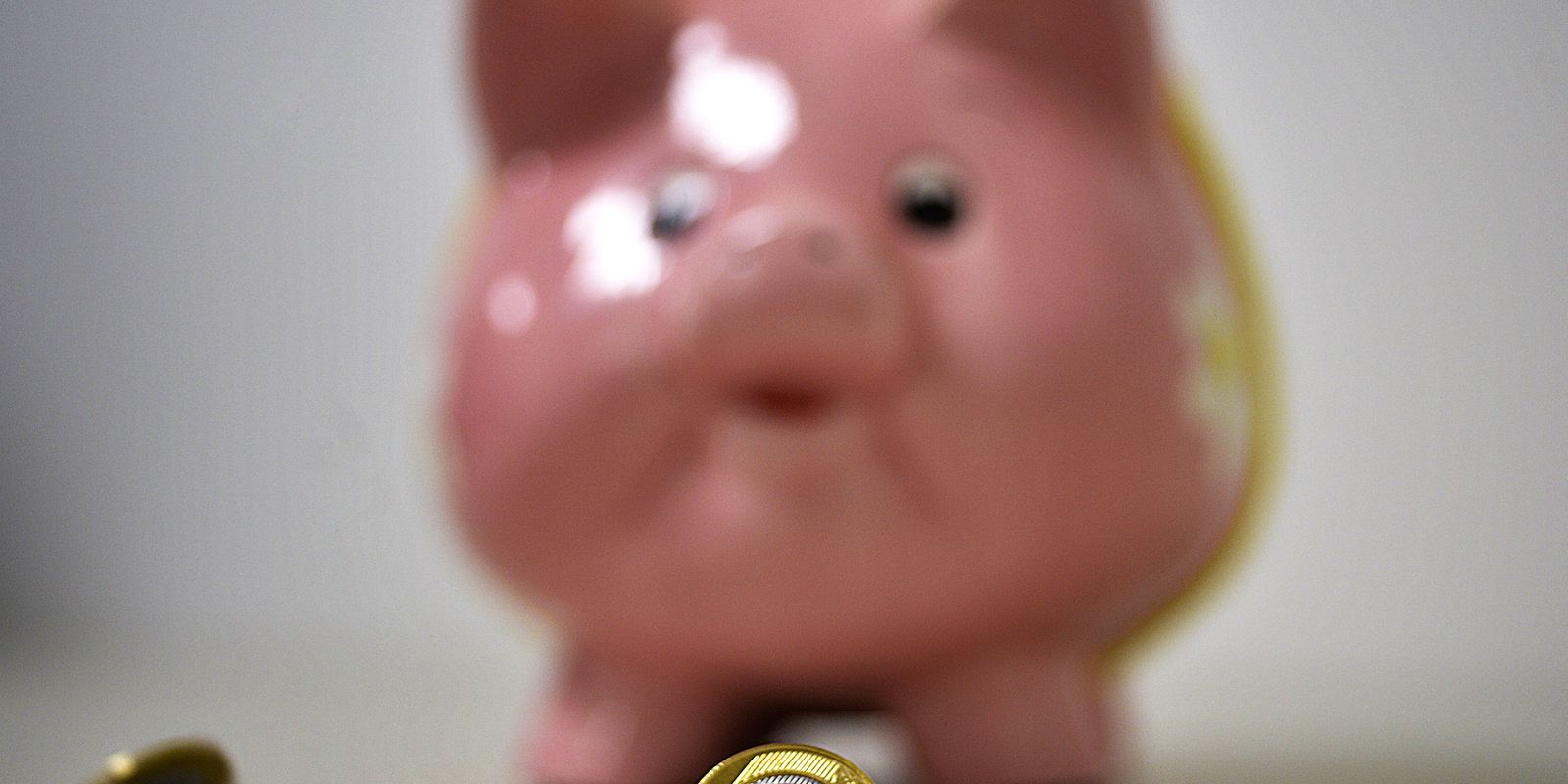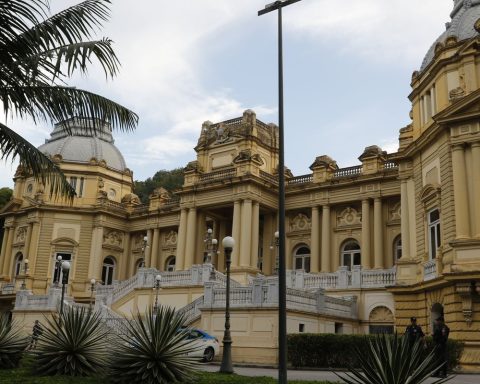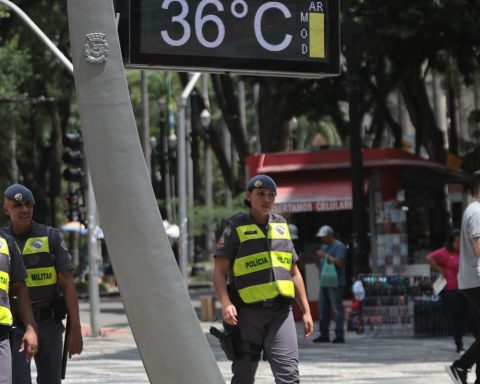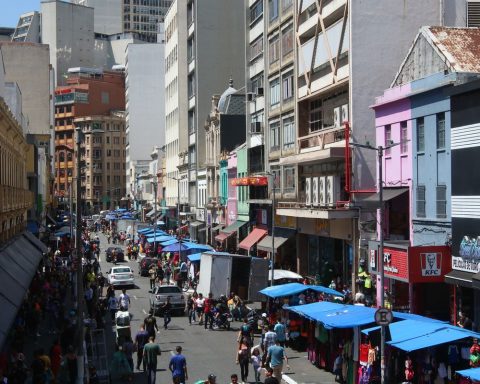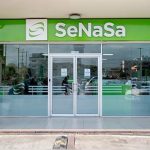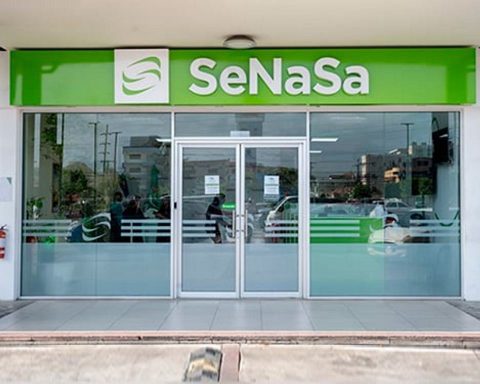The most traditional financial investment of Brazilians started the year with record withdrawals. In January, Brazilians withdrew R$19.67 billion more than they deposited in their savings account, the Central Bank (BC) reported today (4th).
This was the largest net withdrawal recorded for all months since the beginning of the historical series, in 1995. The previous record had been registered in January of last year, when withdrawals had surpassed deposits by R$ 18.15 billion.
Traditionally, the first month of the year is marked by a strong volume of withdrawals from savings accounts. Payment of taxes and expenses such as school supplies and Christmas shopping in installments impact Brazilians’ accounts at the beginning of each year.
Last year, savings had registered a net withdrawal of R$ 35.5 billion. The application was pressured by the end of emergency aid, by low incomes and by the greater indebtedness of Brazilians. The net withdrawal – the difference between withdrawals and deposits – was not higher than that recorded in 2015 (R$ 53.57 billion) and in 2016 (R$ 40.7 billion). In those years, the strong economic crisis led Brazilians to withdraw funds from the application.
Performance
Until recently, savings yielded 70% of the Selic rate (basic interest in the economy). Since December of last year, the investment has started to yield the equivalent of the reference rate (TR) plus 6.17% per year, because the Selic has returned to above 8.5% per year. Currently, the basic interest rate is 10.75% per annum.
The increase in interest rates, however, was insufficient to make savings yield more than inflation. In the 12 months ending in January, the investment yielded 3.06%, according to the Central Bank. In the same period, the National Consumer Price Index-15 (IPCA-15), which works as a official inflation preview, reached 10.20%. The full IPCA for January will be released next Wednesday (9) by the Brazilian Institute of Geography and Statistics (IBGE).
If inflation falls in the coming months, the book may return to a positive yield. For this year, the Focus bulletin, a survey of financial institutions released by the Central Bank, provides for official inflation of 5.10% by the IPCA.
With the current formula, savings would yield around 7%, if the Selic remained at 10.75% throughout the year. The yield could be a little higher if the Central Bank continues to raise the Selic rate at the next Monetary Policy Committee meetings.
